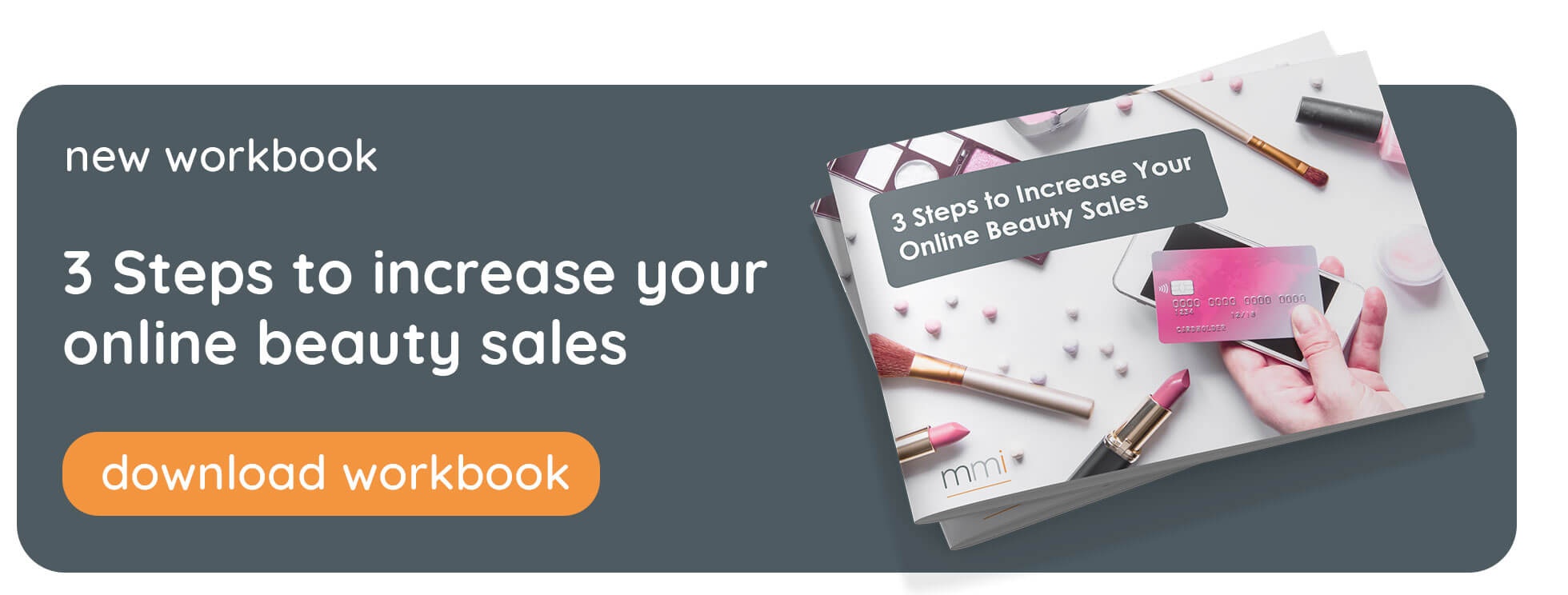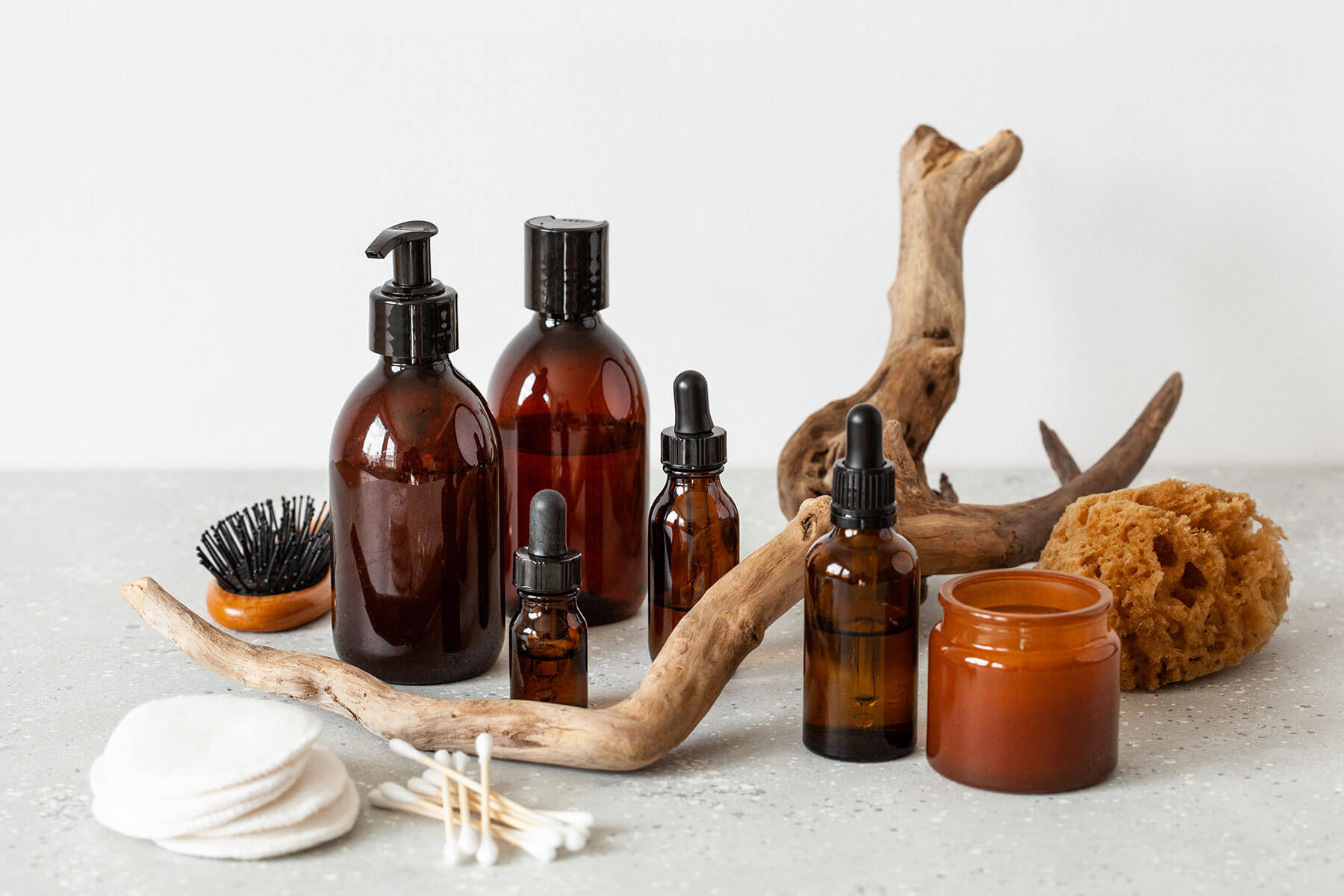Flash sales are becoming increasingly common in the world of beauty ecommerce, as retailers strive to gain competitive advantage in an ever-broadening landscape. Never have beauty lovers had so many options when it comes to picking up their favourite products, making discounts a popular tactic for etailers hoping to stand out.
But, in turn, these sales can have a noticeable impact on brands’ overall value market share – especially if discounts are only applied to certain ranges or products. Monitoring these discounts is key to understanding why a certain lipstick may be flying off the (digital) shelf, or why a competitor's face serum is selling faster than your own.
Many beauty brands understand the benefits of tracking the pricing of their products in third party retailers, for themselves as well as against competitor pricing. But how they go about that tracking varies from company to company, and it’s common for smaller teams to use spreadsheets and carry out the task manually.
While this might work, it has its downfalls:
- The sheer volume of SKUs and etailers that need to be tracked means that discounts are likely to be missed.
- Human error can occur, resulting in discrepancies on the spreadsheet.
- Manual monitoring won’t cover weekend and Bank Holiday price changes – unless teams work on their days off – even though this is a popular time for discounting to take place.
- The output is basic, so there is data but it’s not easy to analyse or action.
- Qualitative data around Gifts with Purchase (GWPs) and offers is not collected in an actionable, structured form.
- Competitor tracking becomes an overwhelming and almost insurmountable task due to the number of brands, products and etailers.
It goes without saying that manual tracking is also time-consuming and resource-intensive, so not only is the data less robust than it needs to be, but gathering it can drain time away from other crucial tasks. In this respect, the ROI of an automated solution is high, enabling brand teams to channel hours and effort into refining their strategies.
By automating the collection of pricing data, you can:
- Quickly and easily access all etailer pricing data in one place, as well as that of your competitors.
- Gain instant actionable insights that will shape the way you approach your etailer partnerships.
- Ensure no SKUs or etailers are missed across your own and your competitors’ portfolios.
- Check that promotions are being correctly executed across your brand product line.
- Observe weekend pricing data at a time that suits you, so you don’t have to spend days off working to stay on top.
- Understand promotions that go beyond discounts, such as limited edition GWPs offered by competitors.
- View data in a more organised and structured way that allows you to act upon it more efficiently.
You can do this with an industry-specific tracking tool, like pricePOINT, which offers granular daily monitoring of all of your SKUs across all of your etailers. To find out more about how cost-effective and efficient automated price tracking can be, reach out to us to book a demo.
Up next: Discover 5 tools to help your beauty brand hit 2022 revenue targets.





